Home>Home Appliances>Kitchen Appliances>What Do You Need For An Espresso Machine
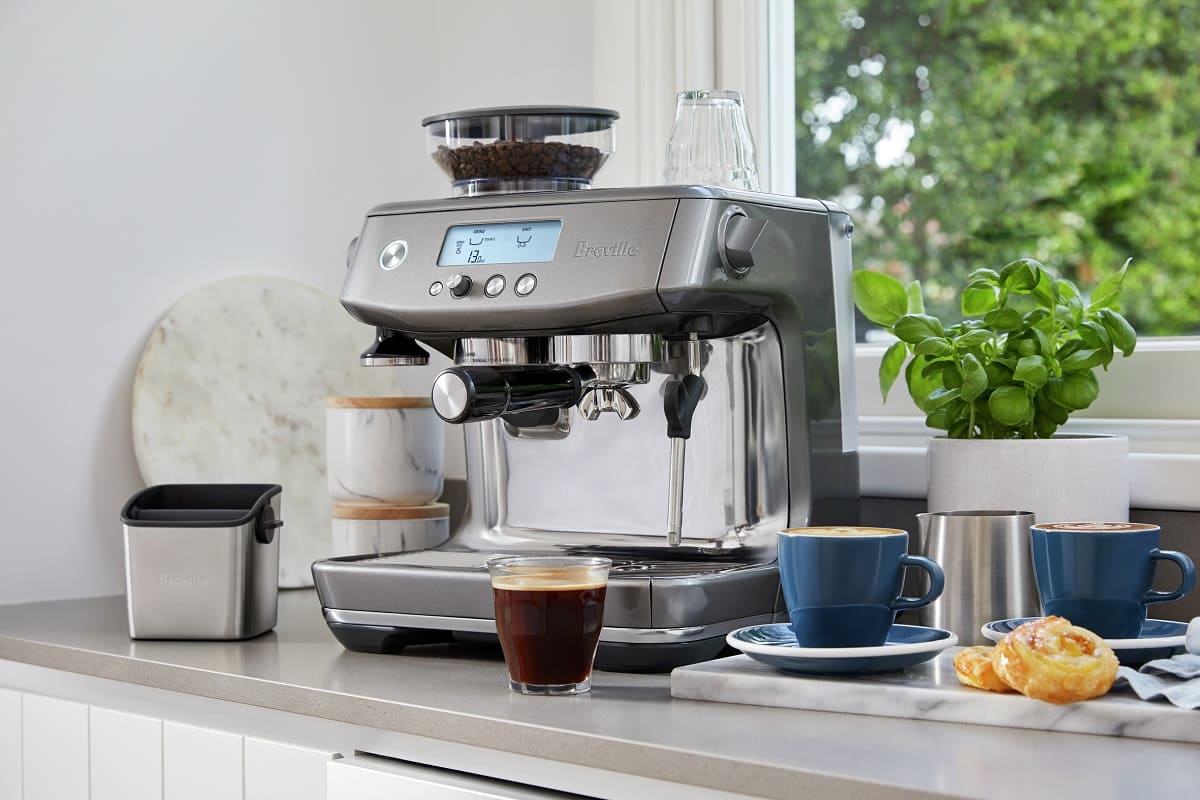

Kitchen Appliances
What Do You Need For An Espresso Machine
Modified: August 27, 2024
Discover the essential kitchen appliances for brewing perfect espresso at home. Find out what you need for an espresso machine and elevate your coffee game. Explore top picks and expert tips.
(Many of the links in this article redirect to a specific reviewed product. Your purchase of these products through affiliate links helps to generate commission for Storables.com, at no extra cost. Learn more)
**
Introduction
**
Are you a coffee enthusiast who craves the rich, aromatic, and velvety taste of espresso? If so, investing in an espresso machine can elevate your coffee experience to new heights. Whether you prefer a quick shot of espresso to kickstart your day or savor the art of crafting specialty coffee beverages, having the right equipment at your disposal is essential. In this comprehensive guide, we will explore the essential and optional accessories needed to make the most of your espresso machine. From understanding the different types of espresso machines to uncovering the must-have tools for brewing the perfect cup, this article is your go-to resource for all things espresso. So, grab your favorite mug and let's embark on a journey to unravel the secrets of crafting exceptional espresso drinks right in the comfort of your home.
Key Takeaways:
- Mastering the art of espresso at home requires quality beans, a precise grinder, and essential tools like a tamper and scale for a perfect cup every time.
- Optional accessories like a knock box, distribution tool, and espresso cups add flair and convenience to your espresso-making journey, enhancing both function and style.
Read more: What Do You Put In An Espresso Machine
Types of Espresso Machines
When it comes to espresso machines, there are several types available, each offering unique features and functionalities. Understanding the distinctions between these machines can help you make an informed decision based on your preferences and brewing needs. Here are the primary types of espresso machines:
1. Manual Espresso Machines:
These machines are designed for coffee purists who enjoy the hands-on process of crafting espresso. With full control over every aspect of the brewing process, including the grind size, water temperature, and extraction time, manual espresso machines offer a truly customizable experience. While they require a certain level of skill and expertise, they provide the opportunity to fine-tune each shot of espresso to perfection.
2. Semi-Automatic Espresso Machines:
Semi-automatic machines strike a balance between manual control and automated features. They typically feature a pump for extracting espresso, but the user is responsible for initiating and stopping the extraction process. This level of control allows for adjustments to the extraction time, resulting in a tailored flavor profile for each shot.
3. Automatic Espresso Machines:
Automatic espresso machines streamline the brewing process by automating the extraction time. With the press of a button, these machines deliver a predetermined amount of water through the coffee grounds, making them ideal for individuals seeking convenience without compromising on quality.
4. Super-Automatic Espresso Machines:
For those who prioritize convenience and efficiency, super-automatic espresso machines offer the ultimate user-friendly experience. These machines handle everything from grinding the coffee beans to frothing milk, all at the touch of a button. With programmable settings and integrated coffee grinders, super-automatic machines are designed to deliver a hassle-free espresso-making experience.
Each type of espresso machine has its own set of advantages and considerations, so it’s important to assess your preferences and brewing style when selecting the right machine for your home. Whether you crave the hands-on artistry of manual brewing or the convenience of automated features, there’s an espresso machine tailored to suit your needs.
Essential Equipment for Making Espresso
While the espresso machine serves as the cornerstone of your coffee setup, several essential tools and accessories are indispensable for crafting exceptional espresso drinks. From finely ground coffee to precise measurements, each component plays a crucial role in achieving the perfect extraction. Here’s a breakdown of the essential equipment you’ll need to unleash the full potential of your espresso machine:
1. Quality Coffee Beans:
The foundation of any great espresso is high-quality, freshly roasted coffee beans. Opt for a medium to dark roast with a well-balanced flavor profile, ideally suited for espresso extraction. Ensure that the beans are freshly ground just before brewing to preserve their aromatic oils and nuanced flavors.
2. Burr Grinder:
A burr grinder is essential for achieving a consistent and uniform grind size, a critical factor in espresso extraction. Unlike blade grinders, which can result in uneven particle sizes, a burr grinder ensures precision and control over the grind, ultimately influencing the flavor and body of the espresso.
3. Tamper:
Consistent tamping is vital for creating a uniform coffee puck, which promotes even extraction and optimal flavor. A sturdy and well-designed tamper allows you to exert the right amount of pressure when compacting the coffee grounds in the portafilter, contributing to the balanced extraction of espresso.
4. Scale:
Precision is key in espresso brewing, and a digital scale enables you to measure the coffee grounds and water with accuracy. By adhering to precise ratios, you can fine-tune your espresso recipe and achieve a harmonious balance of flavors in every shot.
5. Milk Frothing Pitcher:
For those who enjoy milk-based espresso beverages such as lattes and cappuccinos, a stainless steel milk frothing pitcher is essential for steaming and frothing milk to velvety perfection. Look for a pitcher with a tapered spout for precise pouring and latte art creation.
6. Cleaning Tools:
Regular maintenance and cleaning are crucial for preserving the quality and longevity of your espresso machine. Invest in a group head brush, cleaning tablets, and a microfiber cloth to keep your machine and portafilter in pristine condition.
By equipping yourself with these essential tools, you can embark on a journey to master the art of espresso brewing. With attention to detail and a commitment to quality, you’ll be well-prepared to extract the full potential of your coffee beans and savor the rich, complex flavors of freshly brewed espresso.
Make sure to have a good quality coffee grinder, fresh coffee beans, a tamper, and a milk frothing pitcher if you want to make lattes or cappuccinos with your espresso machine.
Optional Accessories for Espresso Machines
While the essential equipment forms the foundation of your espresso setup, optional accessories can further enhance your brewing experience and allow for a personalized touch in crafting specialty coffee beverages. From enhancing the visual presentation of your drinks to fine-tuning the extraction process, these accessories offer a myriad of possibilities for espresso enthusiasts. Here are some optional accessories that can elevate your espresso-making journey:
1. Espresso Knock Box:
For convenient disposal of used coffee grounds, an espresso knock box provides a dedicated receptacle to discard the coffee puck from the portafilter. This accessory helps maintain cleanliness and efficiency during the brewing process.
2. Distribution Tool:
For precise and consistent distribution of coffee grounds in the portafilter, a distribution tool, also known as a coffee leveler, can be a valuable addition to your setup. It ensures an even bed of coffee for uniform extraction and optimal flavor in every shot of espresso.
3. Espresso Tamping Mat:
To protect your countertops and provide a stable surface for tamping, an espresso tamping mat offers a cushioned and non-slip base for your portafilter. It also serves as a convenient platform for organizing your tamping accessories.
4. Thermometer:
For precision in milk frothing and steaming, a thermometer enables you to monitor the temperature of the milk, ensuring that it reaches the ideal range for creating creamy microfoam, essential for crafting lattes and cappuccinos.
5. Espresso Cups and Glasses:
Investing in a set of espresso cups or glasses adds a touch of elegance to your coffee ritual. Opt for heat-retaining, thick-walled cups designed to showcase the crema and preserve the temperature of your espresso shots.
6. Refractometer:
For the avid coffee enthusiast seeking to delve into the intricacies of extraction science, a refractometer provides precise measurements of the coffee’s extraction yield and strength, allowing for meticulous adjustments to brewing parameters.
While these accessories are optional, they can contribute to the refinement and enjoyment of your espresso-making process, catering to both practical considerations and aesthetic preferences. Whether you aspire to perfect your latte art or delve into the technical aspects of extraction, these accessories offer a world of possibilities for enhancing your home espresso experience.
Conclusion
Embarking on the journey of brewing espresso at home opens a world of possibilities for indulging in the art and science of coffee craftsmanship. By understanding the diverse types of espresso machines and assembling the essential and optional equipment, you can create a personalized coffee haven that caters to your unique preferences and brewing style.
From the hands-on control of manual espresso machines to the convenience of super-automatic models, there’s a machine suited to every coffee lover’s aspirations. Pairing your chosen espresso machine with quality coffee beans, a precise grinder, and essential tools such as a tamper and scale forms the cornerstone of crafting exceptional espresso drinks.
As you delve deeper into the realm of espresso brewing, optional accessories offer avenues for personalization and refinement, whether through the visual presentation of your drinks or the pursuit of technical mastery. These accessories not only enhance the functionality of your setup but also add a touch of artistry and sophistication to your coffee ritual.
Ultimately, the joy of crafting espresso at home lies in the pursuit of perfection, the exploration of flavors, and the satisfaction of savoring a meticulously prepared cup of coffee. Whether you’re drawn to the meditative process of manual brewing or the seamless convenience of automated machines, the world of espresso beckons with endless opportunities for creativity and discovery.
So, as you embark on your espresso-making endeavors, may each shot of espresso bring you closer to the perfect brew, and may your coffee journey be filled with moments of delight, inspiration, and the rich, complex flavors of exceptional espresso.
Frequently Asked Questions about What Do You Need For An Espresso Machine
Was this page helpful?
At Storables.com, we guarantee accurate and reliable information. Our content, validated by Expert Board Contributors, is crafted following stringent Editorial Policies. We're committed to providing you with well-researched, expert-backed insights for all your informational needs.
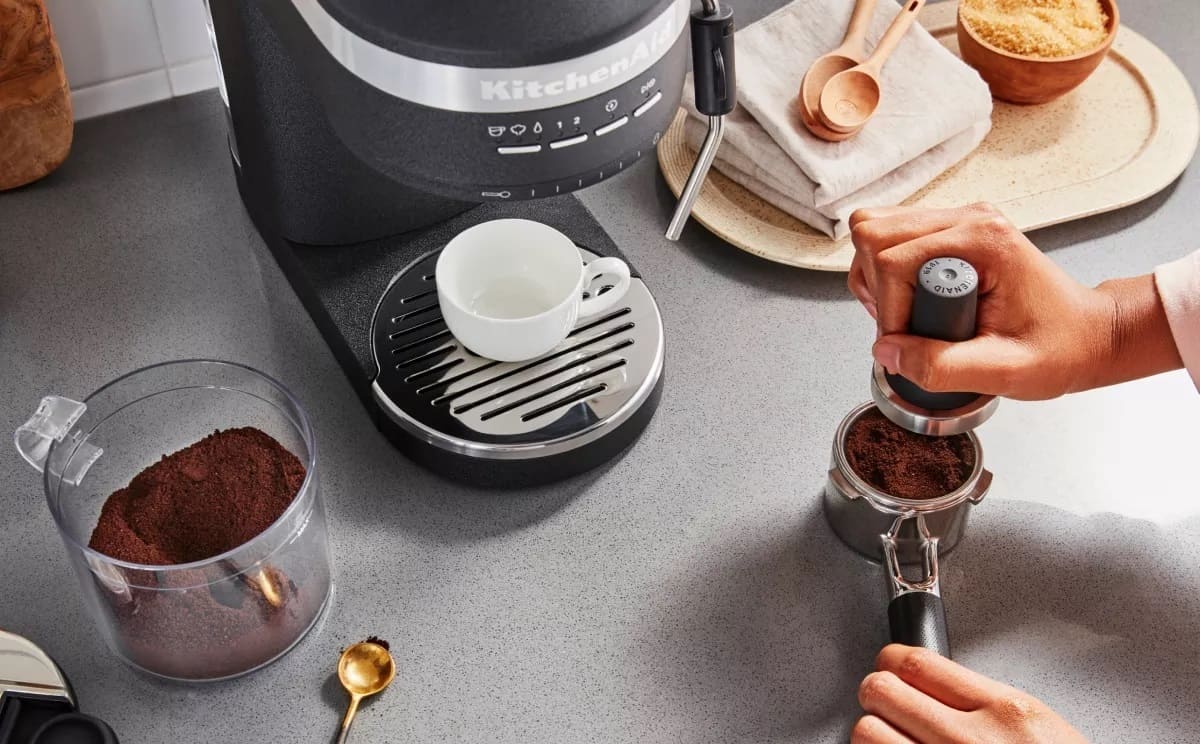
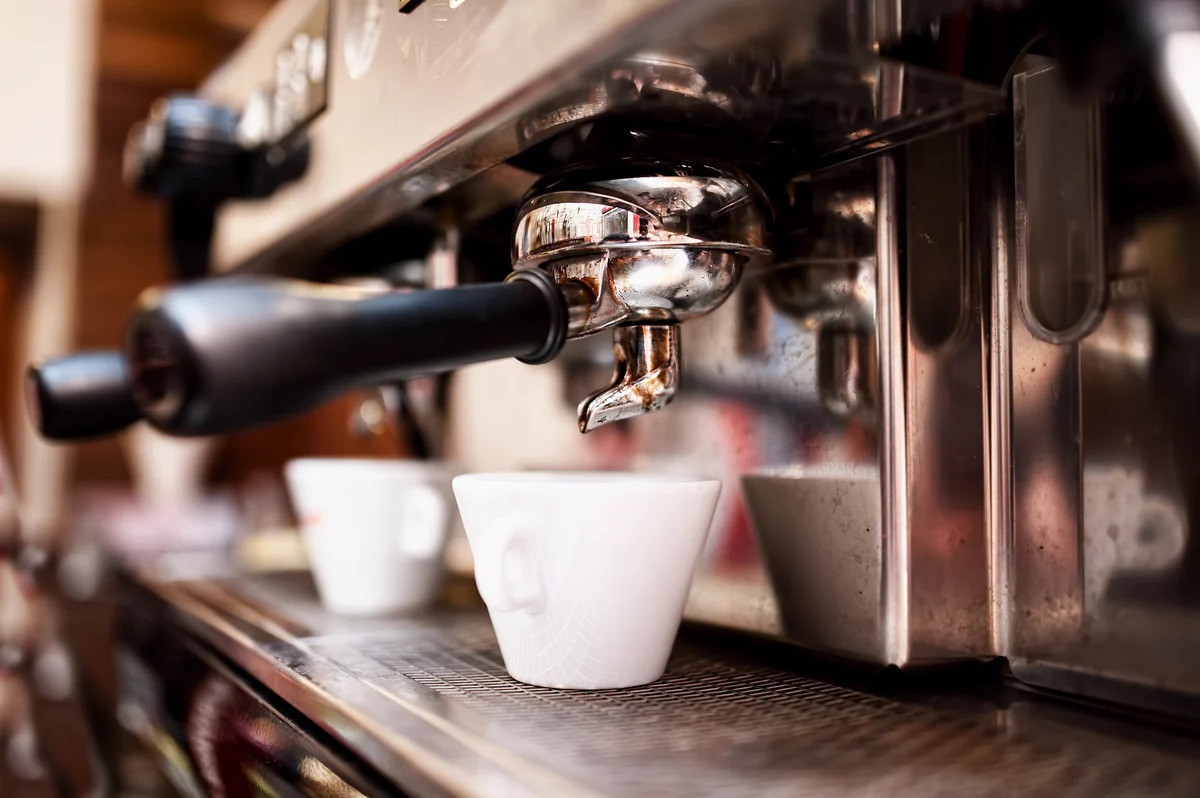

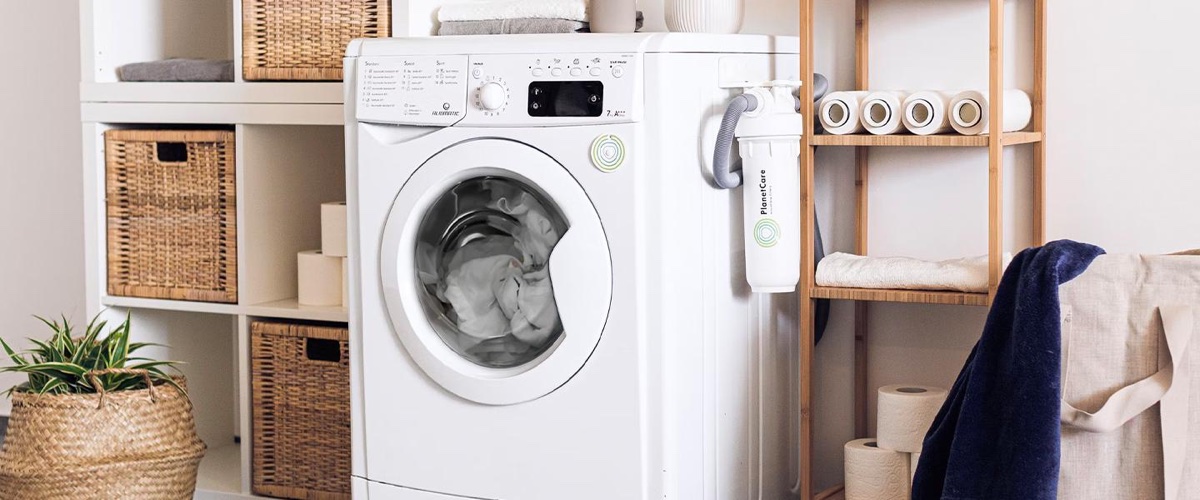
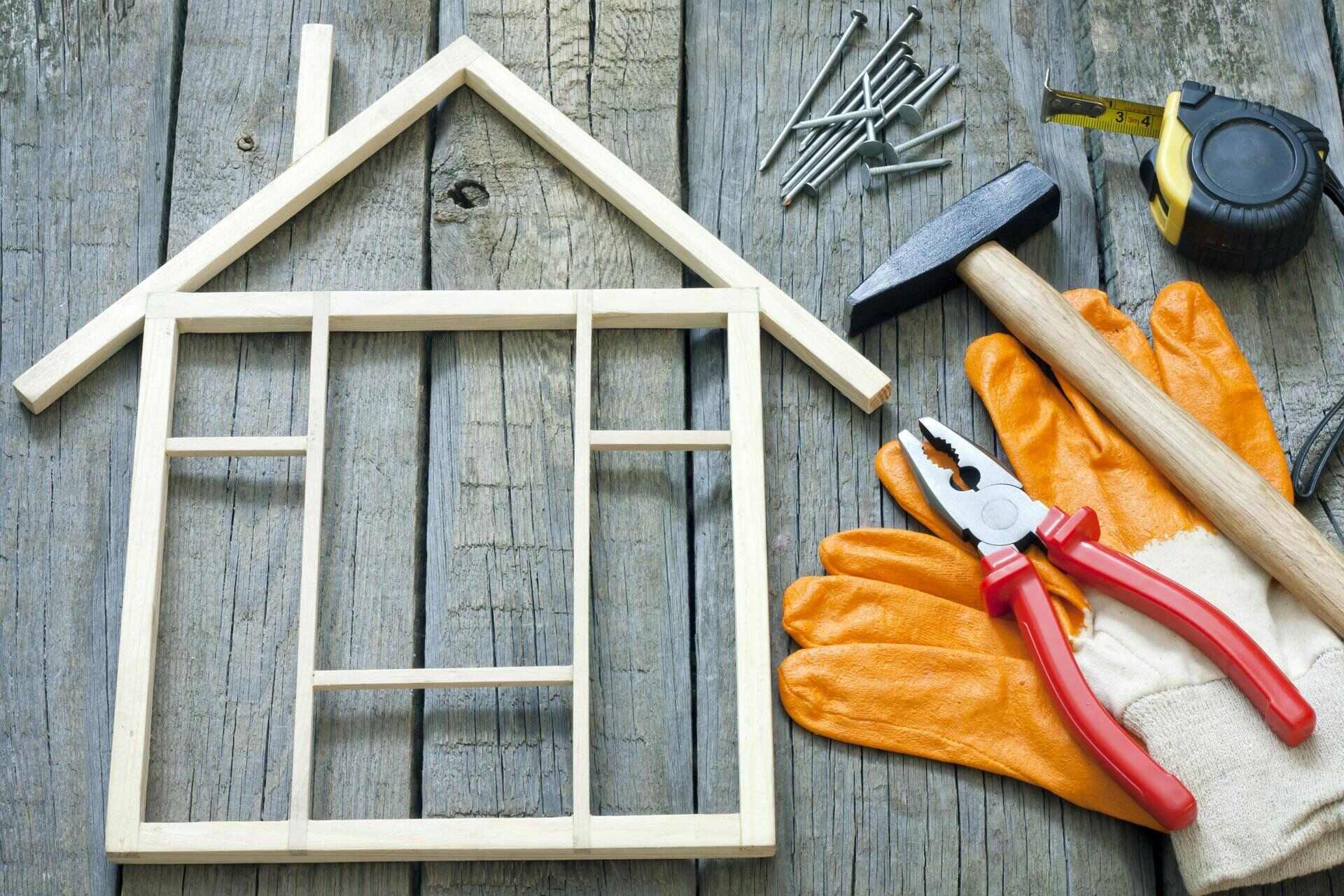
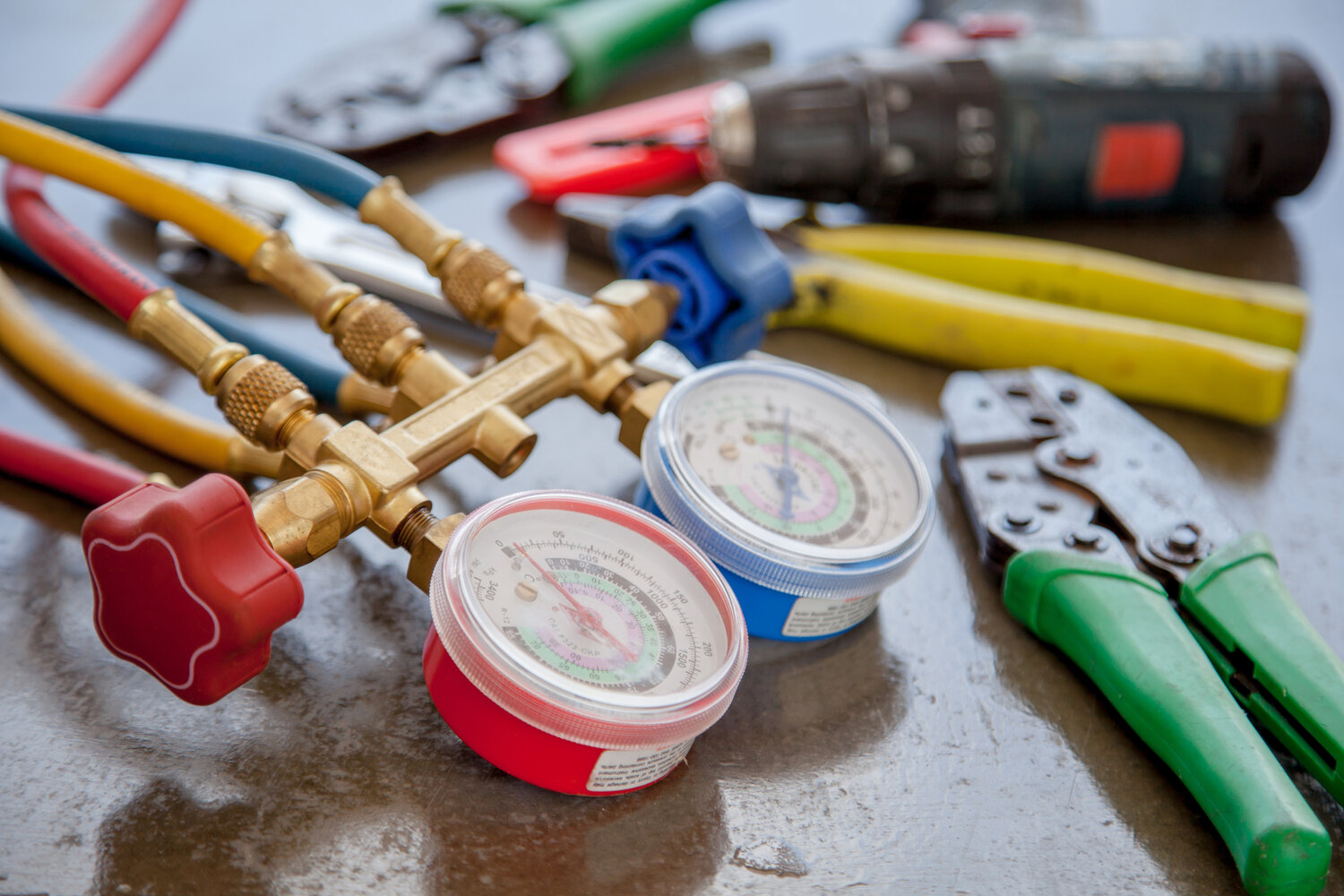


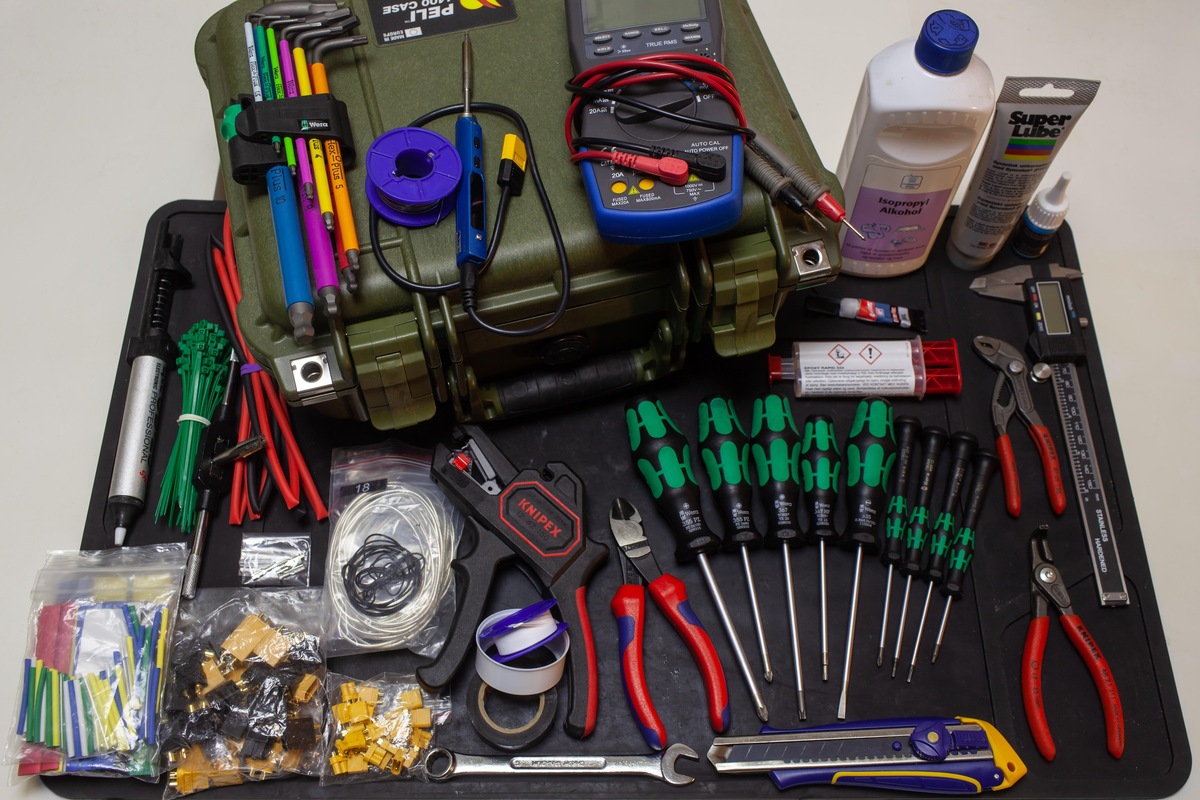
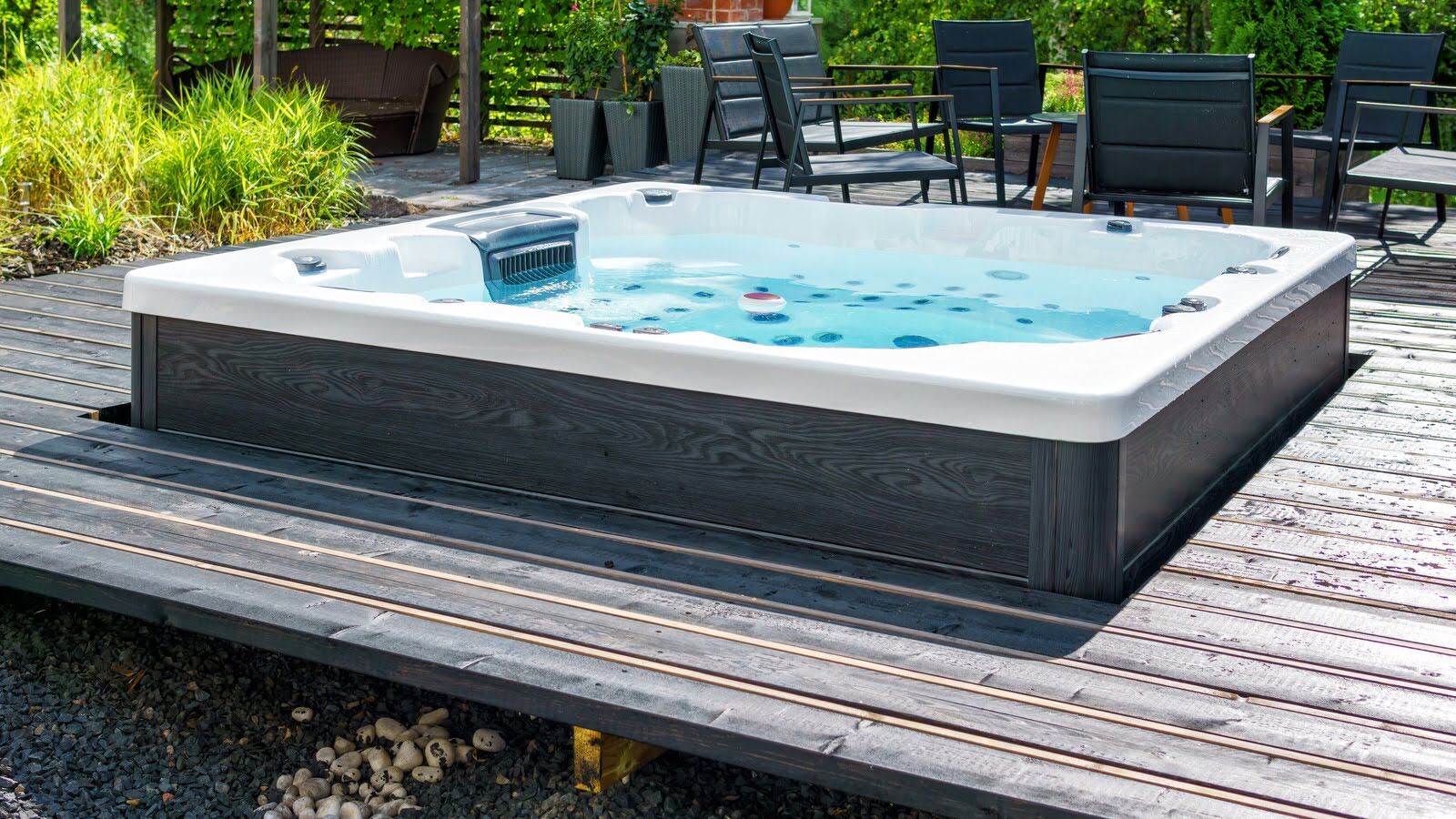

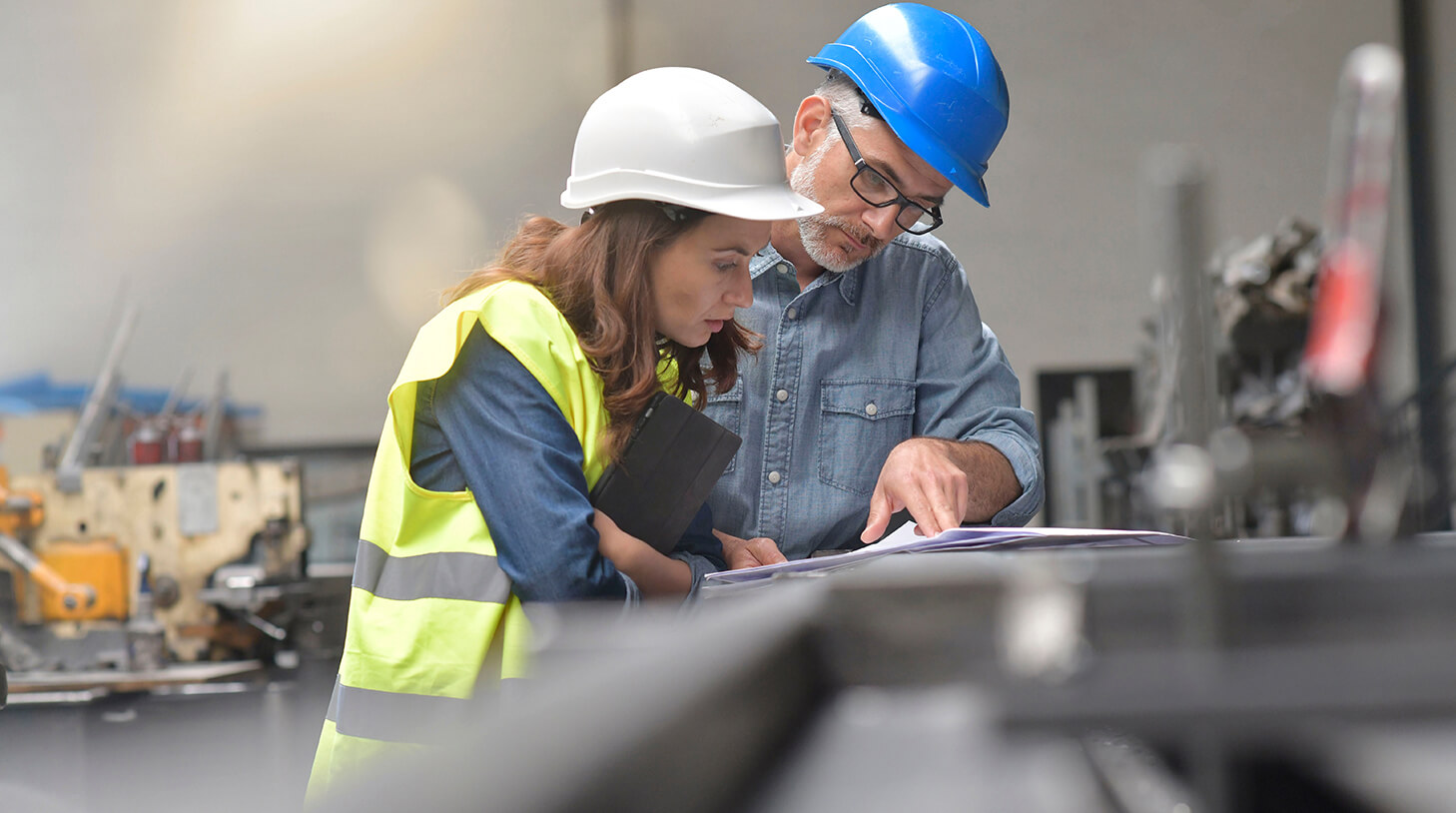
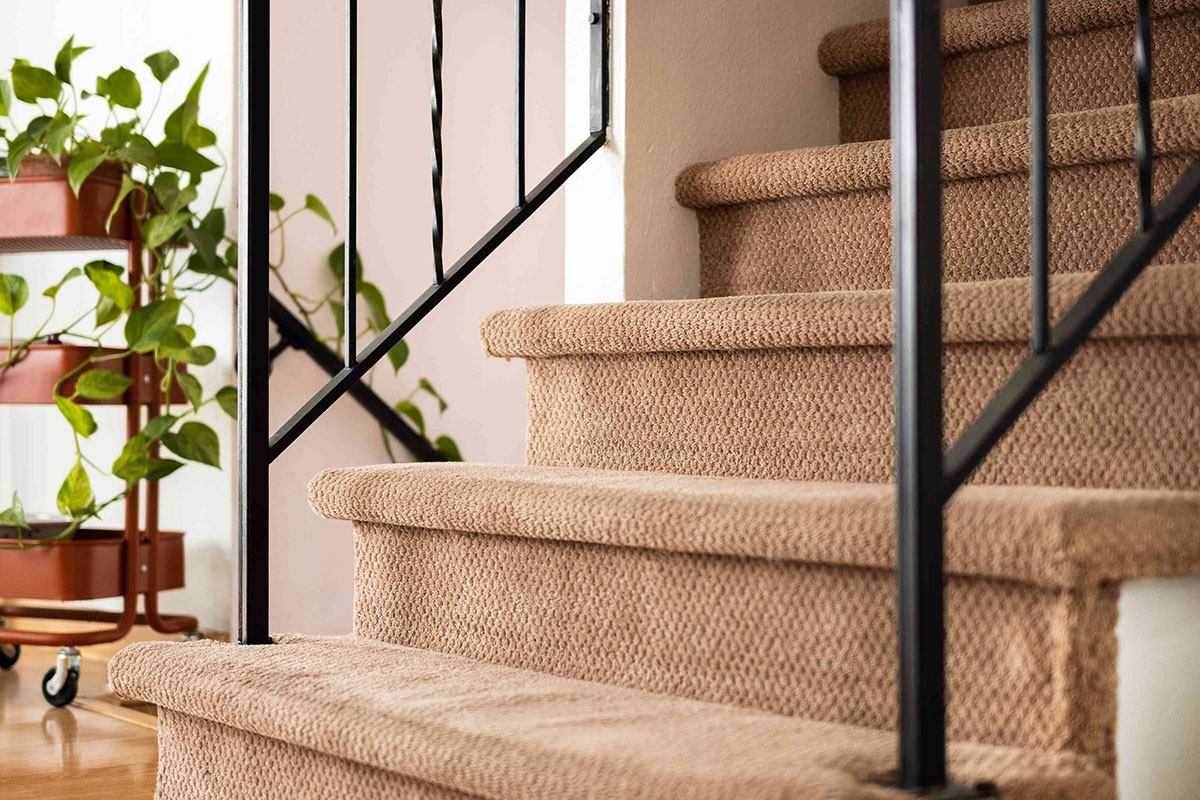
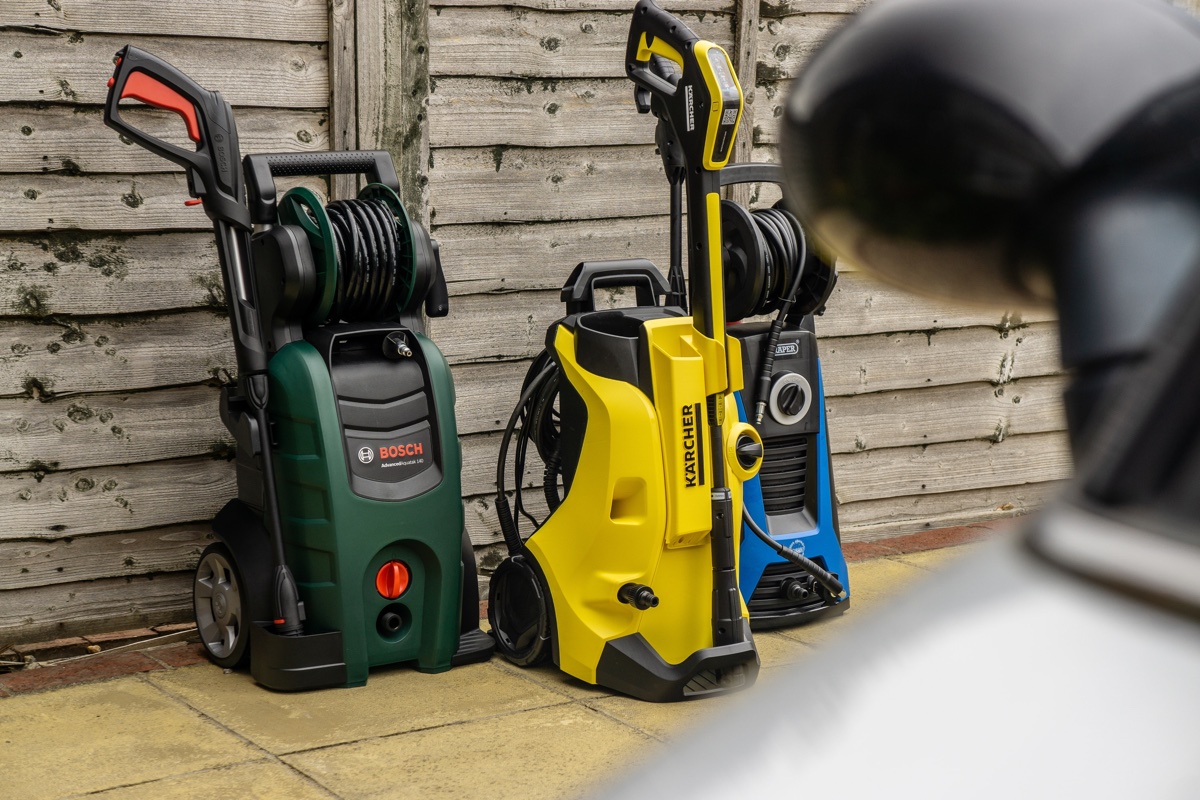
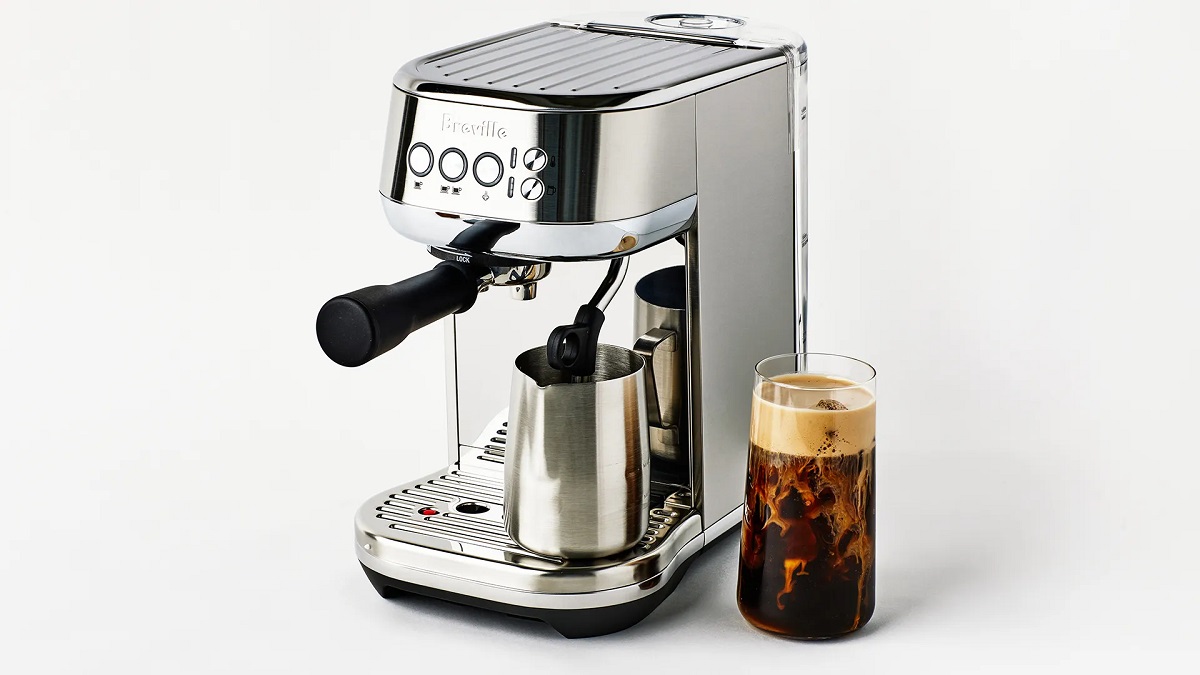

0 thoughts on “What Do You Need For An Espresso Machine”